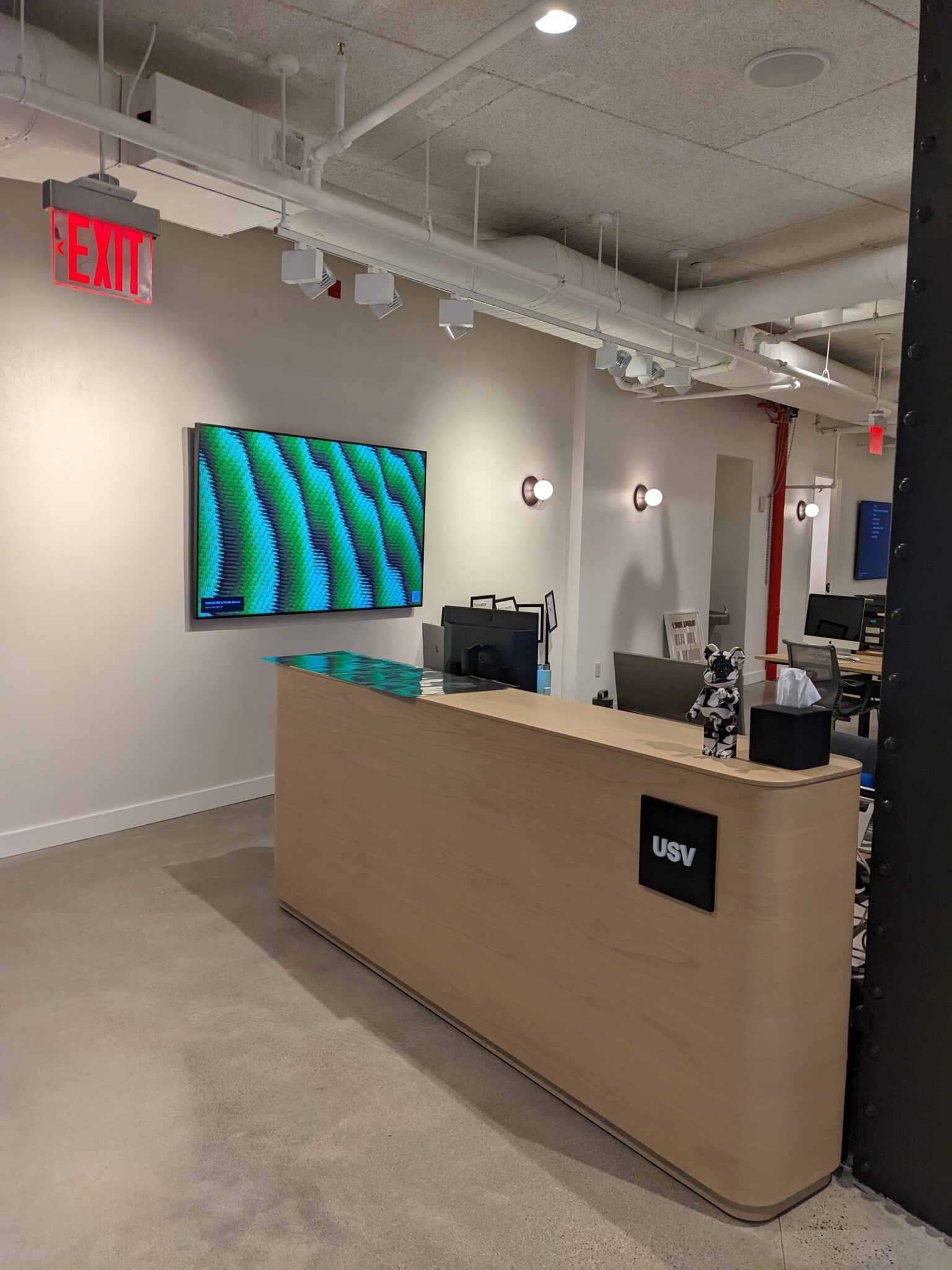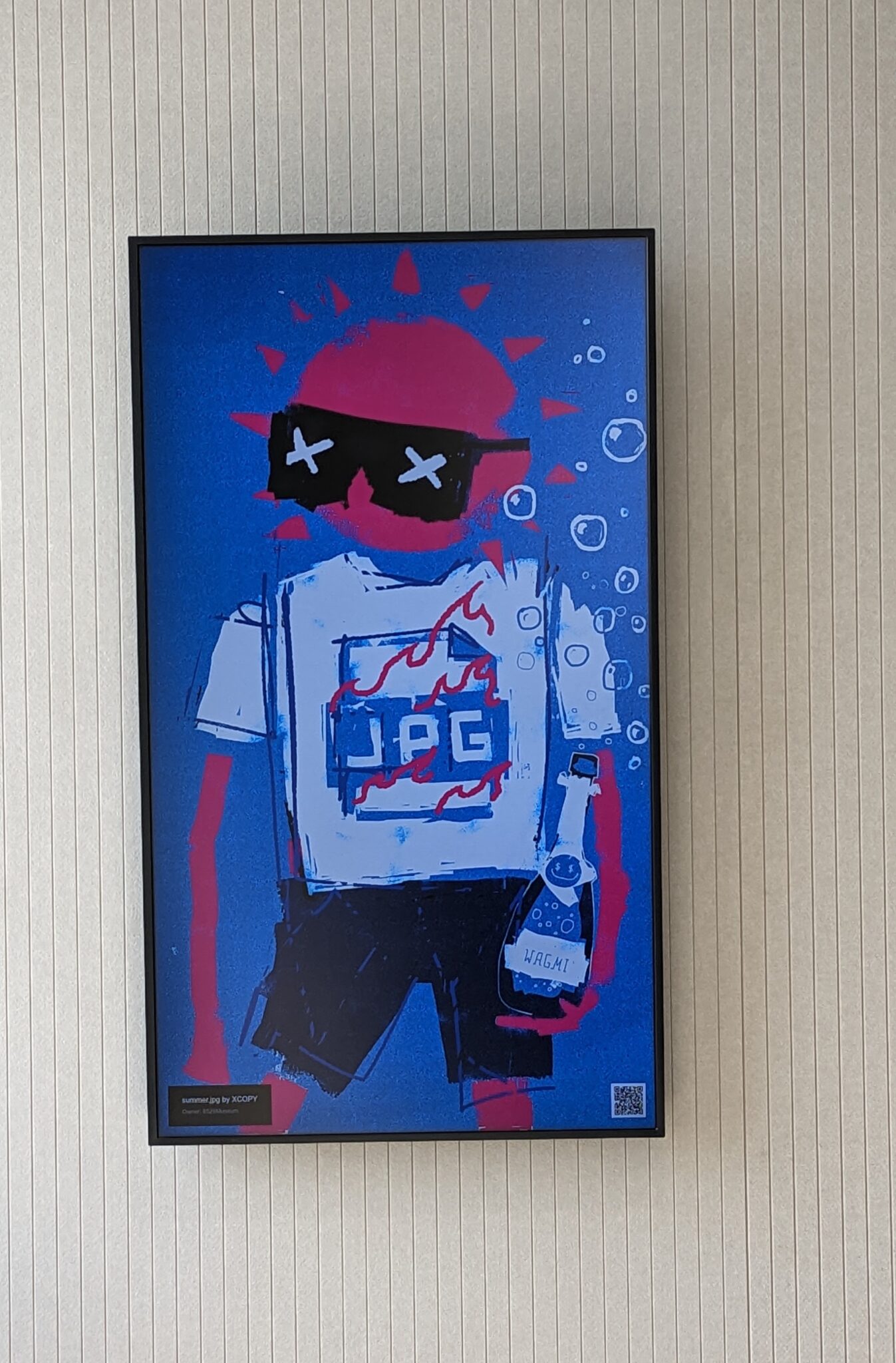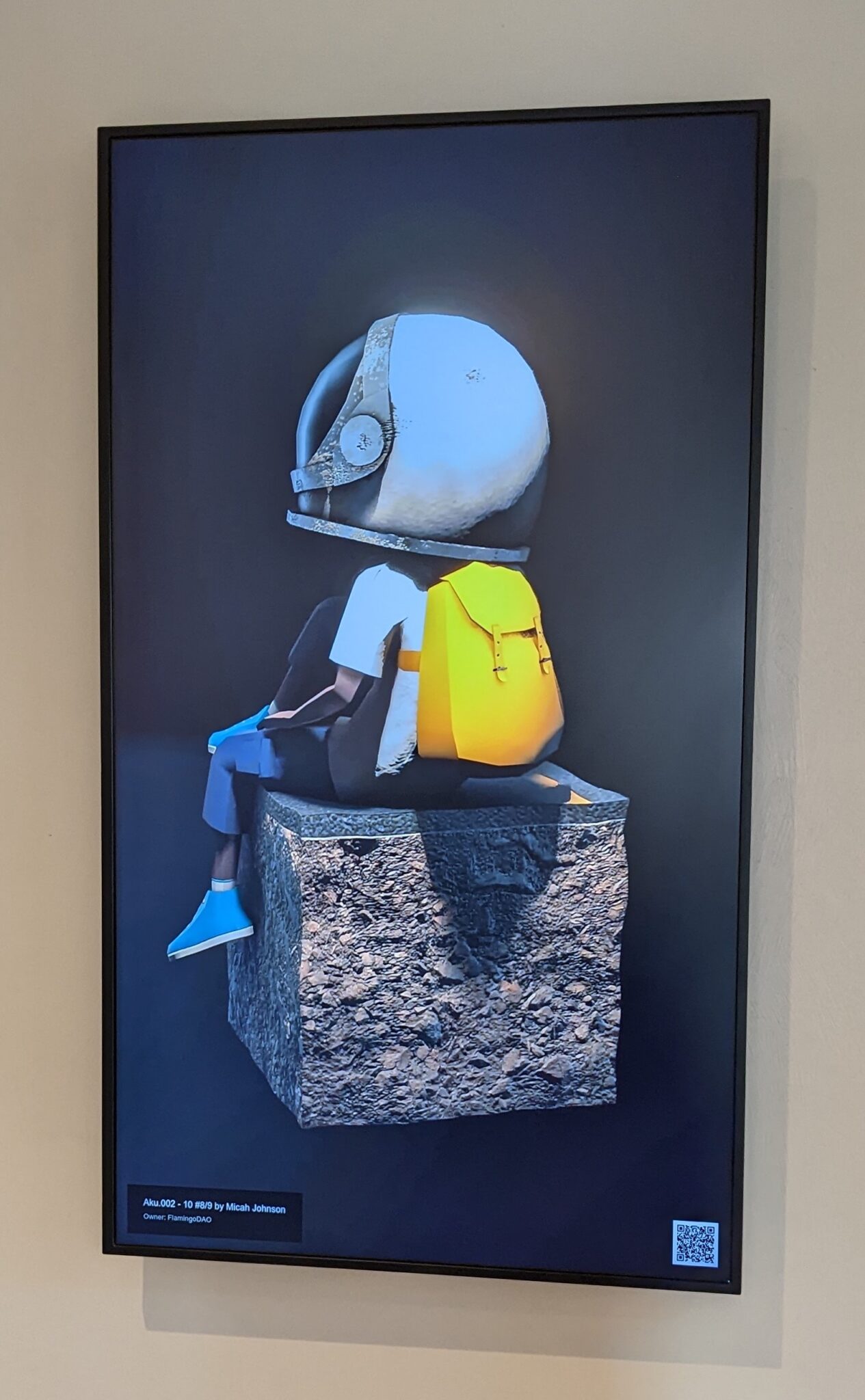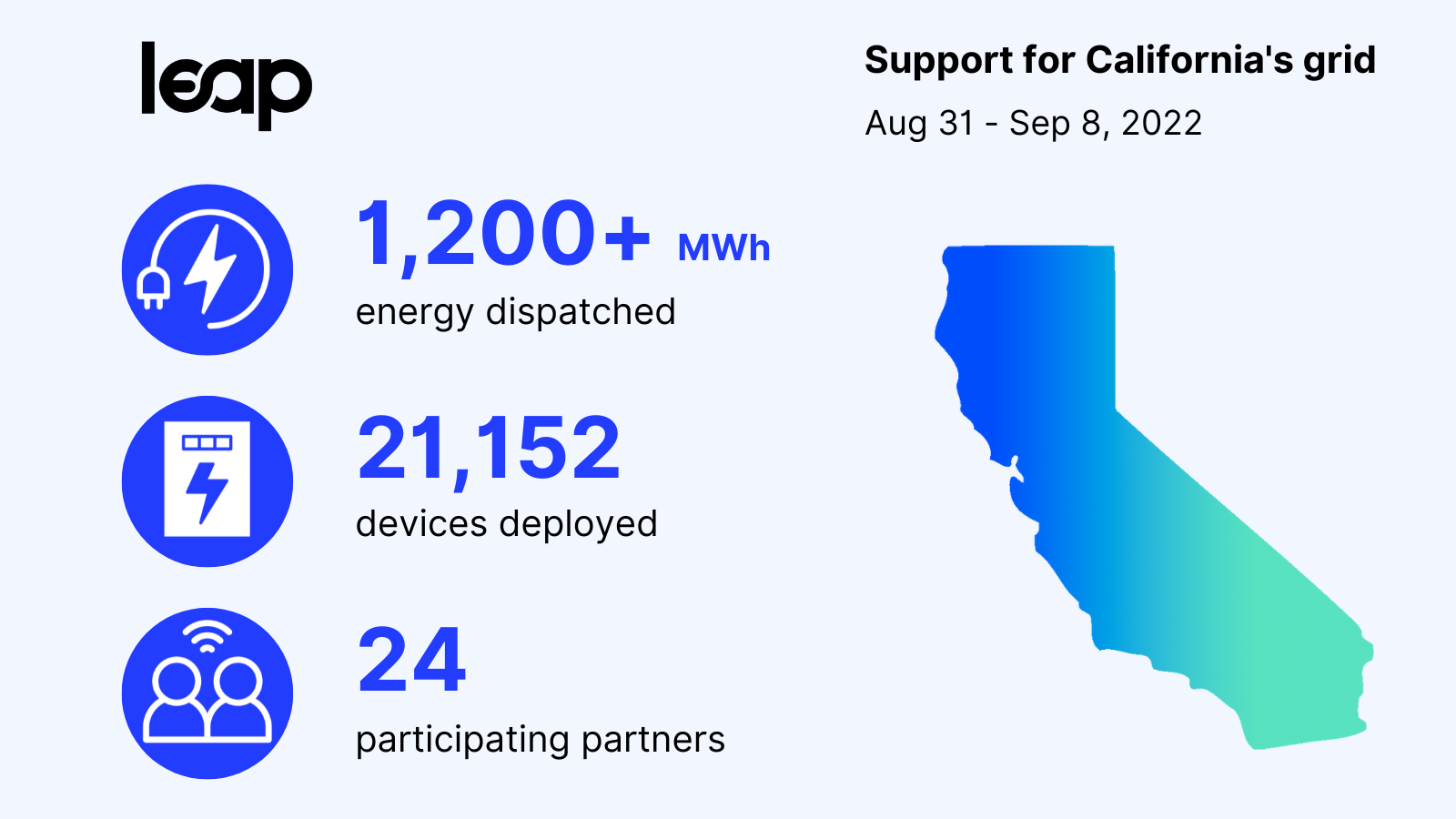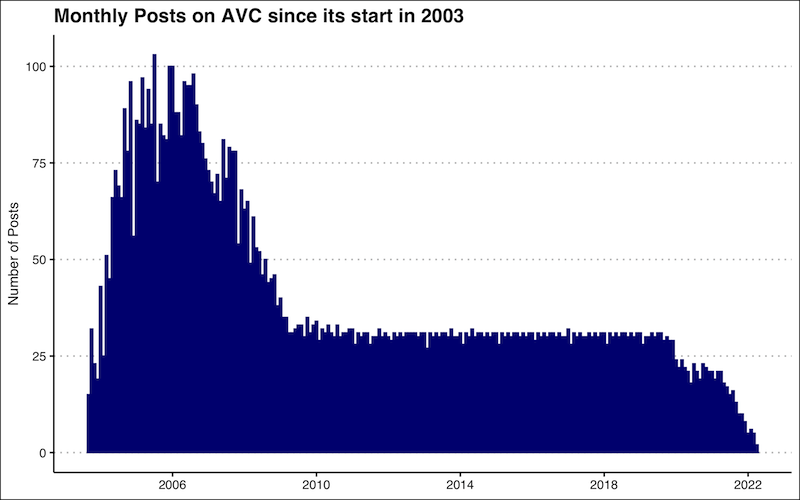Direct Air Carbon Capture
There are many efforts underway to reduce carbon emissions in order to get to “net zero”. But most climate scientists believe that reducing emissions won’t be enough and we will also need to engage in removing carbon from the atmosphere.
There are natural ways to do this like reforestation, soil carbon, biochar, etc but there are also “engineered” approaches to removing carbon from the atmosphere.
One of the most promising of the engineered approaches to removing carbon from the atmosphere is direct air carbon capture (DAC).
In DAC, air is run through a device which captures C02 and air is returned from the device with less CO2. The captured CO2 is then sequestered underground or used for fuel or something else.
DAC facilities exist and are removing carbon from the atmosphere but the total carbon removal rate from DAC is currently only around 100,000 tons of CO2. It is estimated that by 2030, DAC facilities around the world will be removing 1.5bn tons of CO2. And that number will grow in the decades to come as our planet works to get to net zero and beyond in this century.
I remember hearing that “we’ve spent hundreds of years taking carbon out of the ground and putting it into our atmosphere and we are going to spend hundreds of years taking carbon out of the atmosphere and putting it back into the ground”. I believe DAC will be a big part of how we do that.

